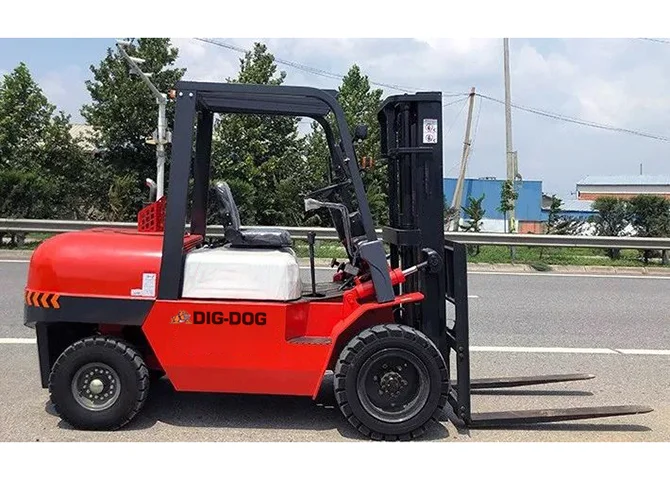One of the challenges in a restoration, restoration or construction project located in the middle of the marsh is access. Often, contractors must build temporary roads to reach work areas safely. This requirement is costly, especially in environmental restoration projects where all materials must be removed and disposed of as hazardous waste. The construction of temporary roads can also have a negative impact on sensitive wetland environments and their people. There are other options that can save time and money while greatly reducing the negative impact on aquatic plant and animal species.
Amphibious equipment can safely transport people and equipment to work sites on terrain too soft to walk and too dense to float. Such devices are often found in the Southern United States, working in and around vast coastal wetlands, but their applications are endless. Environmental remediation projects are one example of how much benefit can be gained from such devices. In addition to the above advantages of avoiding expensive temporary roads, amphibious equipment can also improve personnel safety. Since wetlands are notorious for puddles, fluctuating water levels and defensive reptilian residents, the machines will provide a stable work platform and safe transportation. They can be used as excavating equipment or as a platform for sand and capping operations.
Environmental dredging is often hampered by shallow water depths, while land-based excavations often (literally) get stuck in areas where equipment can get stuck. Because amphibious devices float, operators don't have to worry about getting too close to the water's edge. In addition, wide tracks and low weight result in very little ground pressure. This avoids the deep track rutting typical of low ground pressure equipment such as wide-track bulldozers. The eventual restoration of disturbed areas is usually minimal, requiring mainly replanting rather than reconstruction.
For these reasons, amphibious equipment is a viable option and should be considered when faced with the challenges of access to marshes and wetlands. This is an economical solution that reduces the overall impact of the project on sensitive habitats while improving the overall safety of the project.
 BONOVO Group at INTERMAT 2024 Paris Exhibiton
BONOVO Group at INTERMAT 2024 Paris Exhibiton
 A Ultimate Guide to Clamp Forklifts and Attachments
A Ultimate Guide to Clamp Forklifts and Attachments
 How To Choose The Right Compact Wheel Loader
How To Choose The Right Compact Wheel Loader
 How Much Does a Forklift Weigh?
How Much Does a Forklift Weigh?